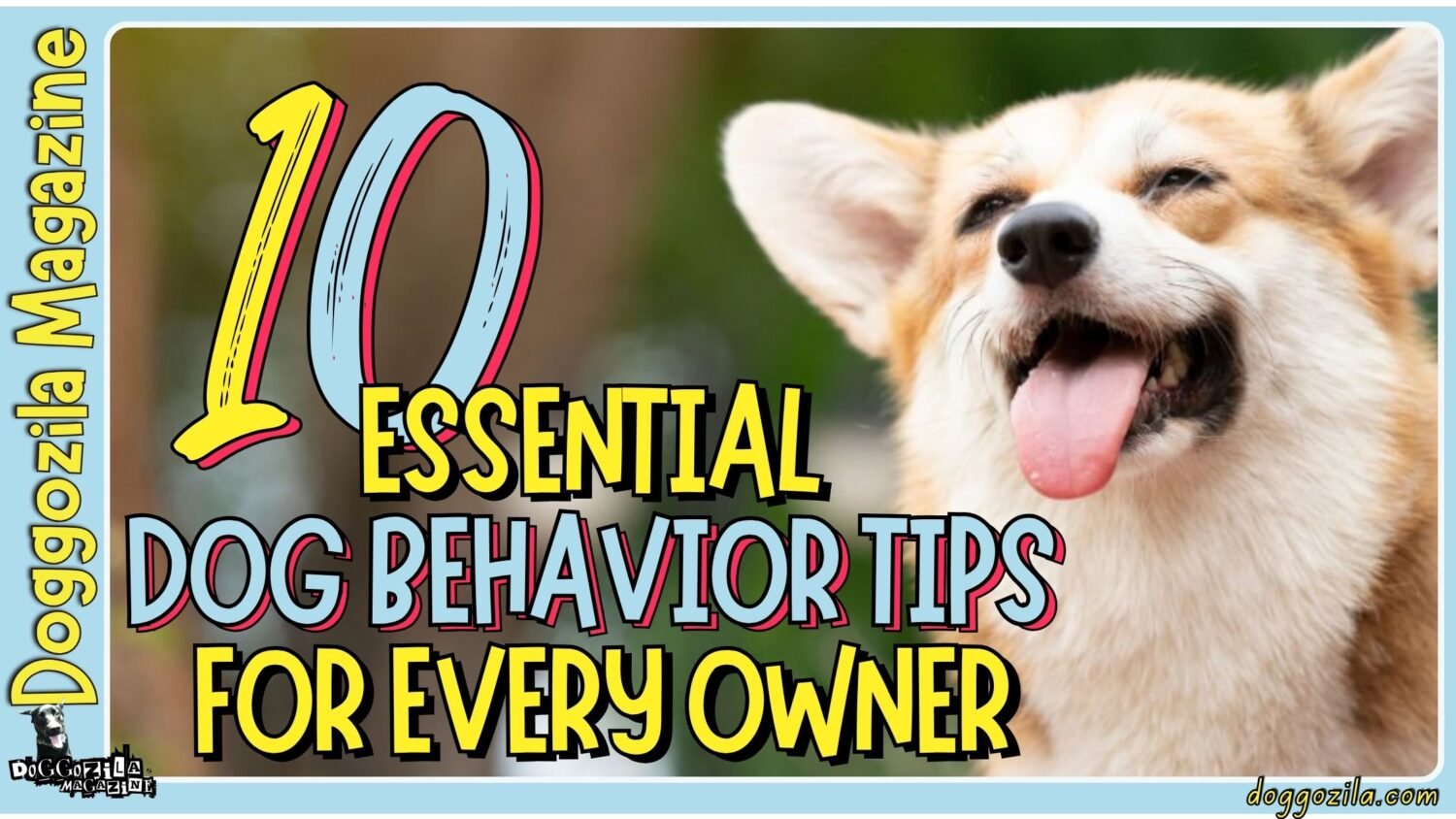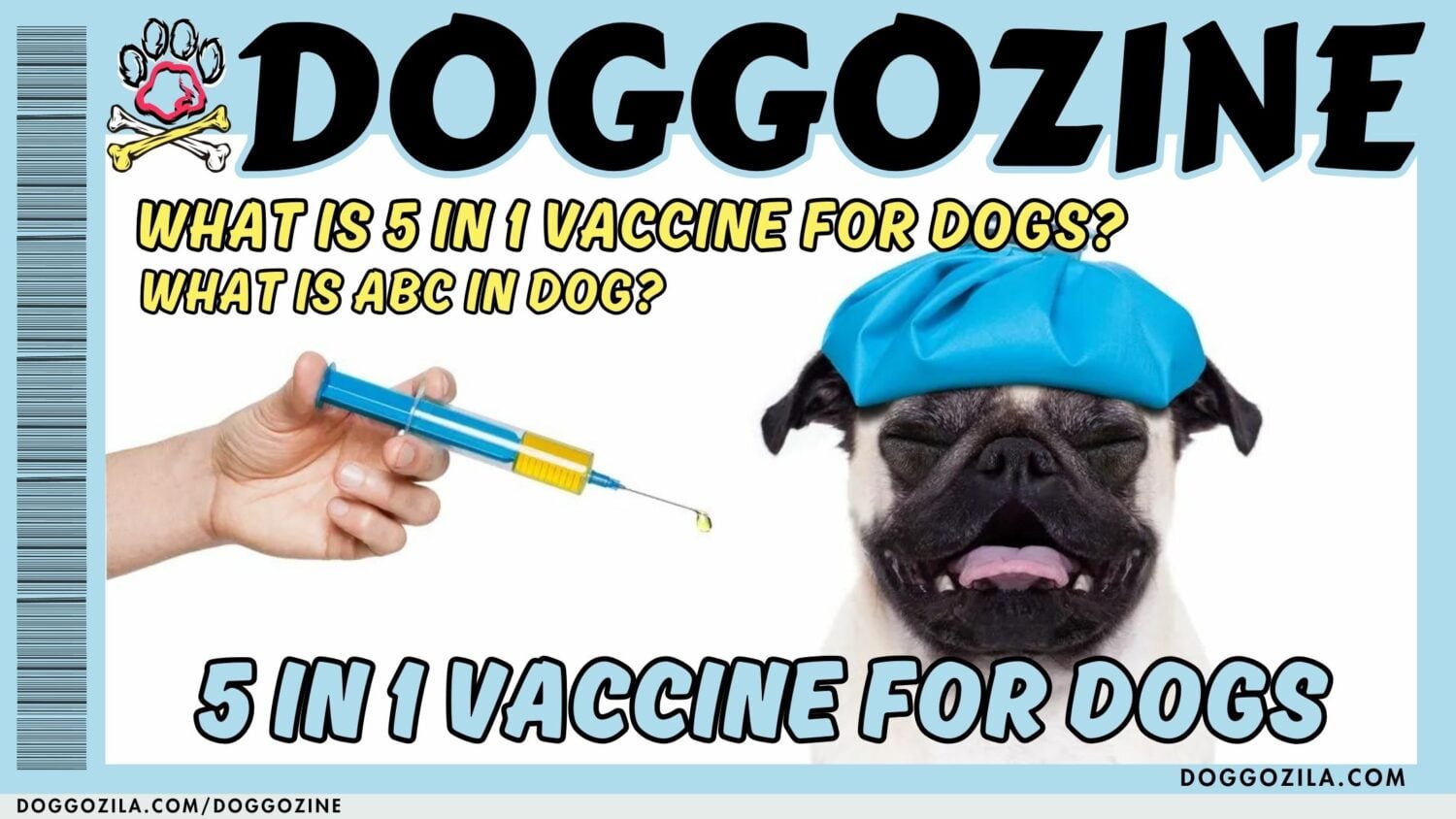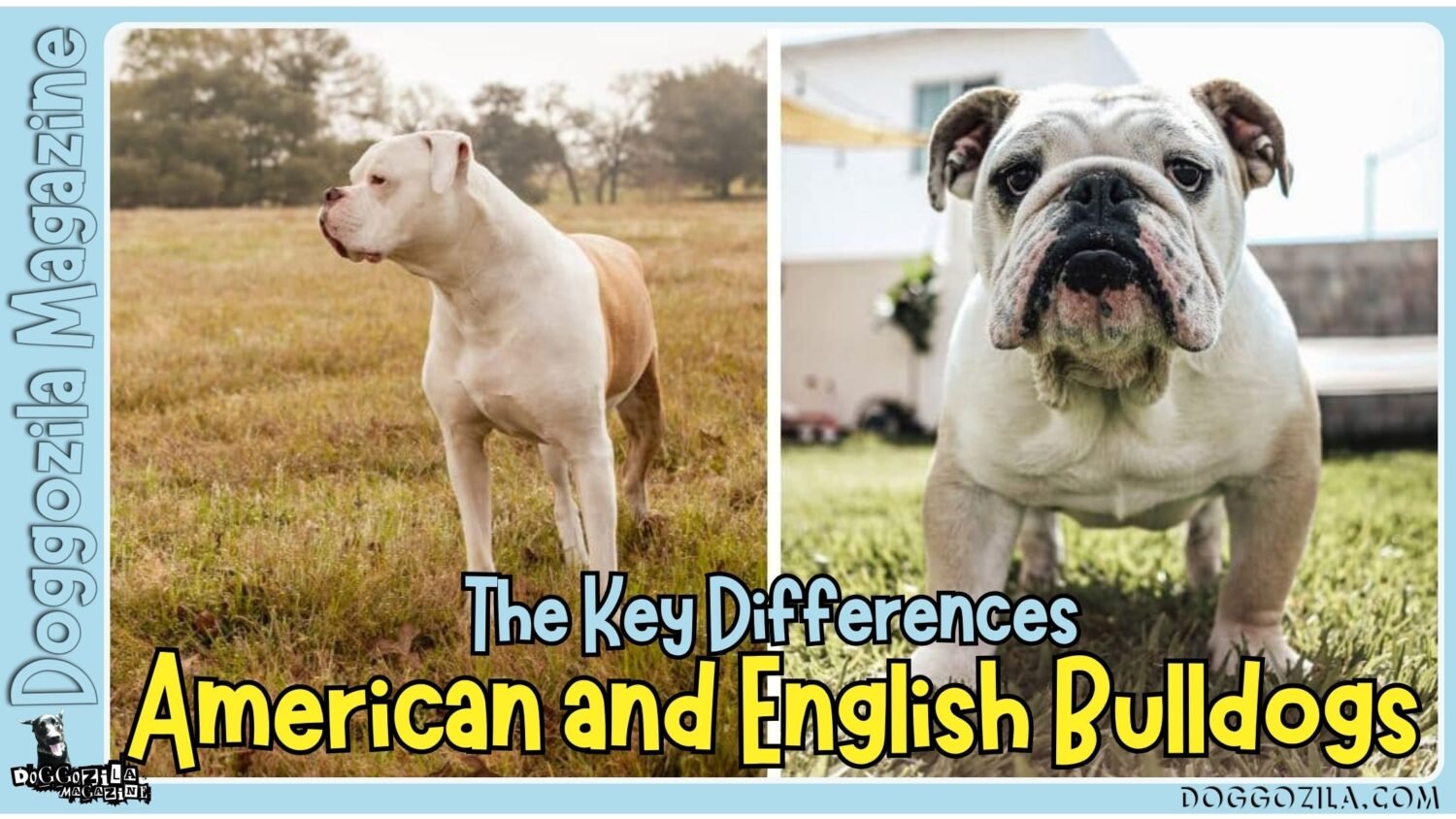Have you ever wondered about the hidden complexities surrounding dog hoarding? The distinction between genuine pet lovers and those exhibiting hoarding behavior is a delicate one, often overshadowed by misconceptions. In this compassionate guide, we aim to shed light on the psychological landscape and interventions necessary to address this compulsive behavior effectively. We will shed light on many true and real stories that happened in the past!
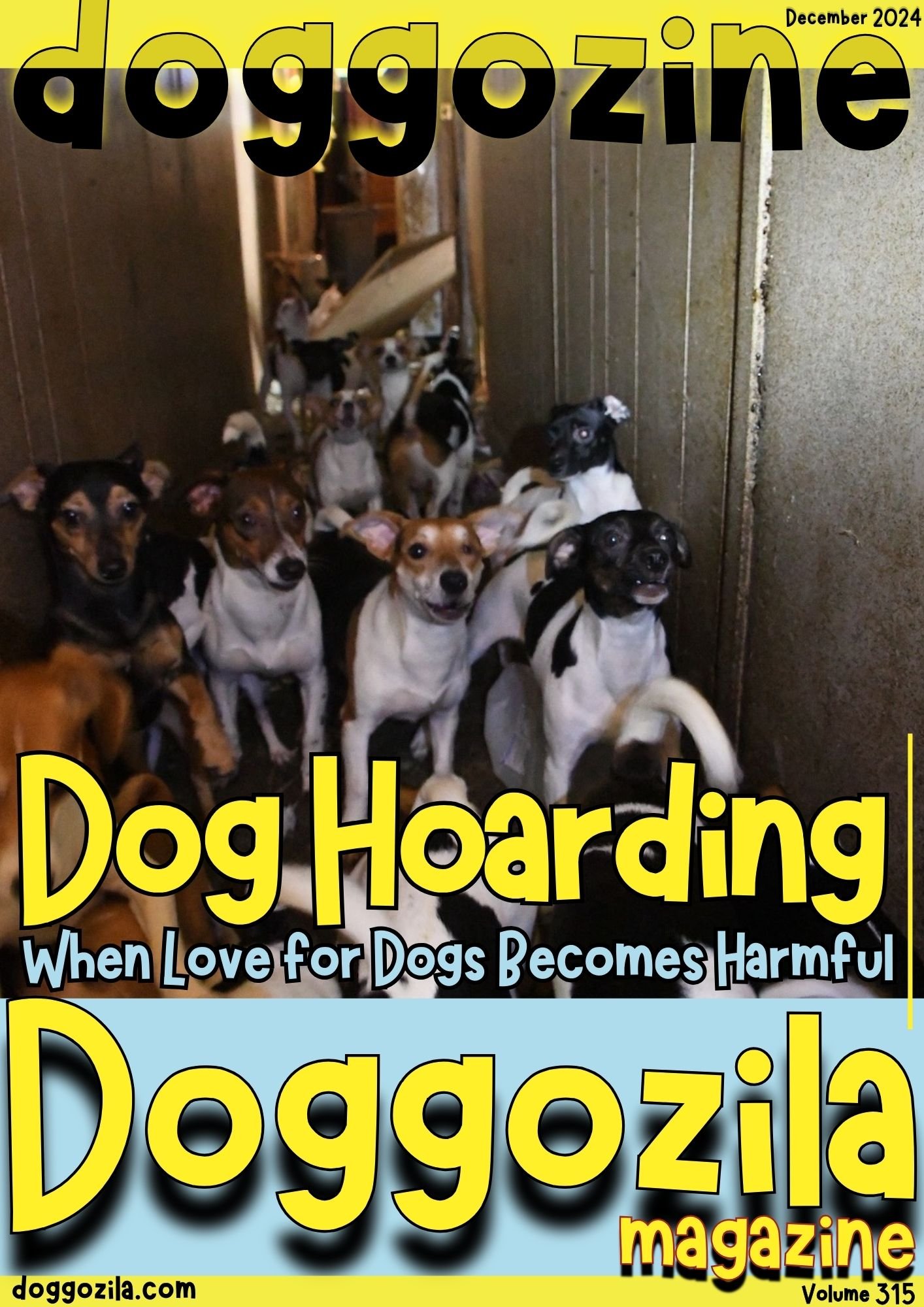
UNVEILING THE TRUTH BEHIND DOG HOARDING AND ADDRESSING THIS COMPULSIVE BEHAVIOR
Delving deeper than the surface stereotypes, we’ll explore the causes behind dog hoarding, touching upon the psychological underpinnings that drive individuals towards accumulating animals to an unhealthy extent.
The Thin Line Between Dog Love and a Compulsive Need for Hoarding
Through real-life examples and clear insights, we’ll navigate the thin line between dog love and a compulsive need to collect, all while considering the impacts on both the hoarders and the neglected dogs.
Join us on a journey towards empathy, understanding, and practical solutions as we uncover the truth behind dog hoarding and pave the way for a more informed and compassionate approach towards this pressing issue.
The Misunderstood Reality of Dog Hoarding
Dog hoarding is a complex issue that often goes unnoticed or misunderstood. Many people assume that an dog hoarder is simply someone who loves dogs too much, but the reality is far more complicated.
In a typical case of dog hoarding, the hoarder may start with good intentions, taking in a few stray dogs to care for them. However, over time, the situation spirals out of control. The hoarder becomes overwhelmed by the growing number of dogs but is unable to stop collecting more.
Dog hoarding is a form of animal abuse, even if the hoarder doesn’t intend to cause harm. The dogs often live in squalid conditions, without proper food, water, or veterinary care. They may be confined to small spaces, forced to live among their own waste, and deprived of socialization and exercise.
Real-Life Example: The Case of the Arizona Woman
In 2019, authorities discovered over 100 animals living in deplorable conditions in an Arizona woman’s home. The animals included dogs, cats, and even a pig. Many were malnourished, sick, or injured. The woman claimed she was running an animal rescue, but it was clear that the situation had spiraled out of control.
🔑 Key Points: Dog hoarding is a serious issue that causes immense suffering for the dogs involved, despite the hoarder’s intentions.
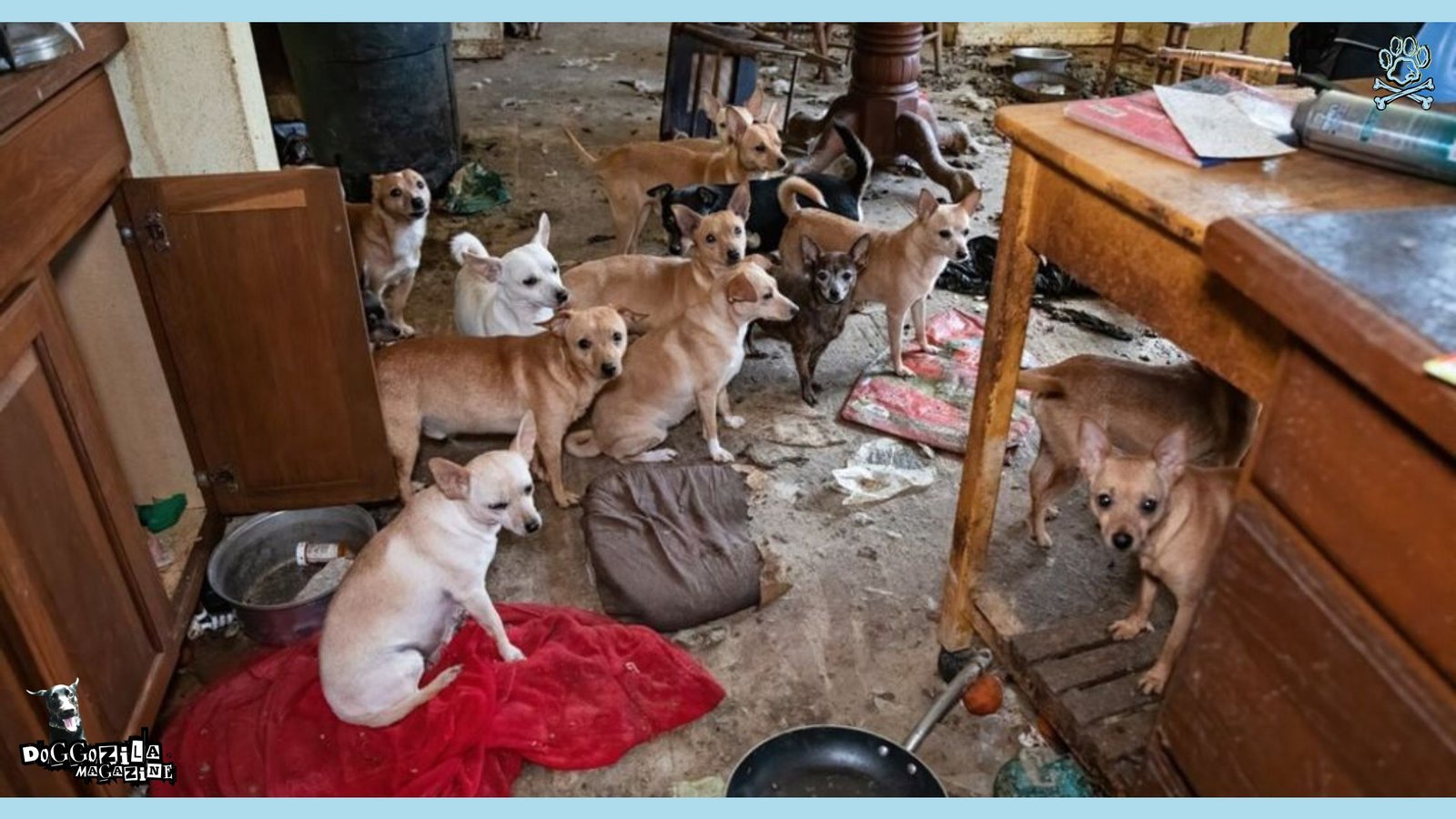
DEFINING DOG HOARDING: BEYOND THE STEREOTYPES
The definition of dog hoarding goes beyond simply owning a large number of pets. According to the Anxiety and Depression Association of America, dog hoarding is characterized by an inability to provide proper care for a large number of dogs, resulting in neglect, poor living conditions, and potential health risks for both the dogs and the hoarder.
The vast majority of hoarders do not set out to cause harm. Many believe they are helping animals in need, but their compulsive behavior and lack of resources lead to a dire situation.
The Three Key Components of Dog Hoarding
1. Having more than the typical number of dogs or other animals
2. Inability to provide minimal standards of nutrition, sanitation, shelter, and veterinary care
3. Denial of the deteriorating condition of the animals and the household environment
🔑 Key Points: Dog hoarding is defined by the compulsive accumulation of dogs and other animals and the inability to provide adequate care, leading to neglect and suffering.
The Psychological Landscape of a Dog Hoarder
Understanding the psychological causes behind dog hoarding is crucial for developing effective interventions and treatments. Research suggests that dog hoarding may be linked to a variety of mental health issues, including obsessive-compulsive disorder, attachment disorders, and trauma.
- Obsessive-Compulsive Disorder (OCD) and Dog Hoarding: Studies have found that up to 20% of animal hoarders may have OCD or related disorders. The compulsive acquisition of animals and the inability to let them go, even when their living conditions deteriorate, mirrors the patterns of OCD.
- Attachment Disorders and Trauma: Many animal hoarders have a history of childhood trauma or attachment disorders. Animals may serve as a source of unconditional love and support that the hoarder lacks in human relationships. The fear of losing this emotional connection can drive the compulsive hoarding behavior.
- Delusions and Denial: Some animal hoarders may have delusional beliefs about their ability to care for the animals. They may see themselves as saviors, even as the animals suffer in their care. This denial of reality is a key factor in the persistence of hoarding behavior.
The Mind of a Kindly Older Woman
It’s a common stereotype that animal hoarders are often older women who live alone. While this is not always the case, there is some truth to the stereotype. Many animal hoarders are indeed older women, often with a history of trauma or loss. They may turn to animals for companionship and a sense of purpose.
Real-Life Example: The Story of Edith
Edith, a 72-year-old widow, lived alone with over 50 cats. She believed she was providing them with a loving home, but the reality was far different. The cats were malnourished, sick, and living in filthy conditions. Edith’s family had tried to intervene, but she refused to acknowledge the problem.
🔑 Key Points: Animal hoarding is often rooted in complex psychological issues, including OCD, attachment disorders, trauma, and delusions, which require professional treatment and support.
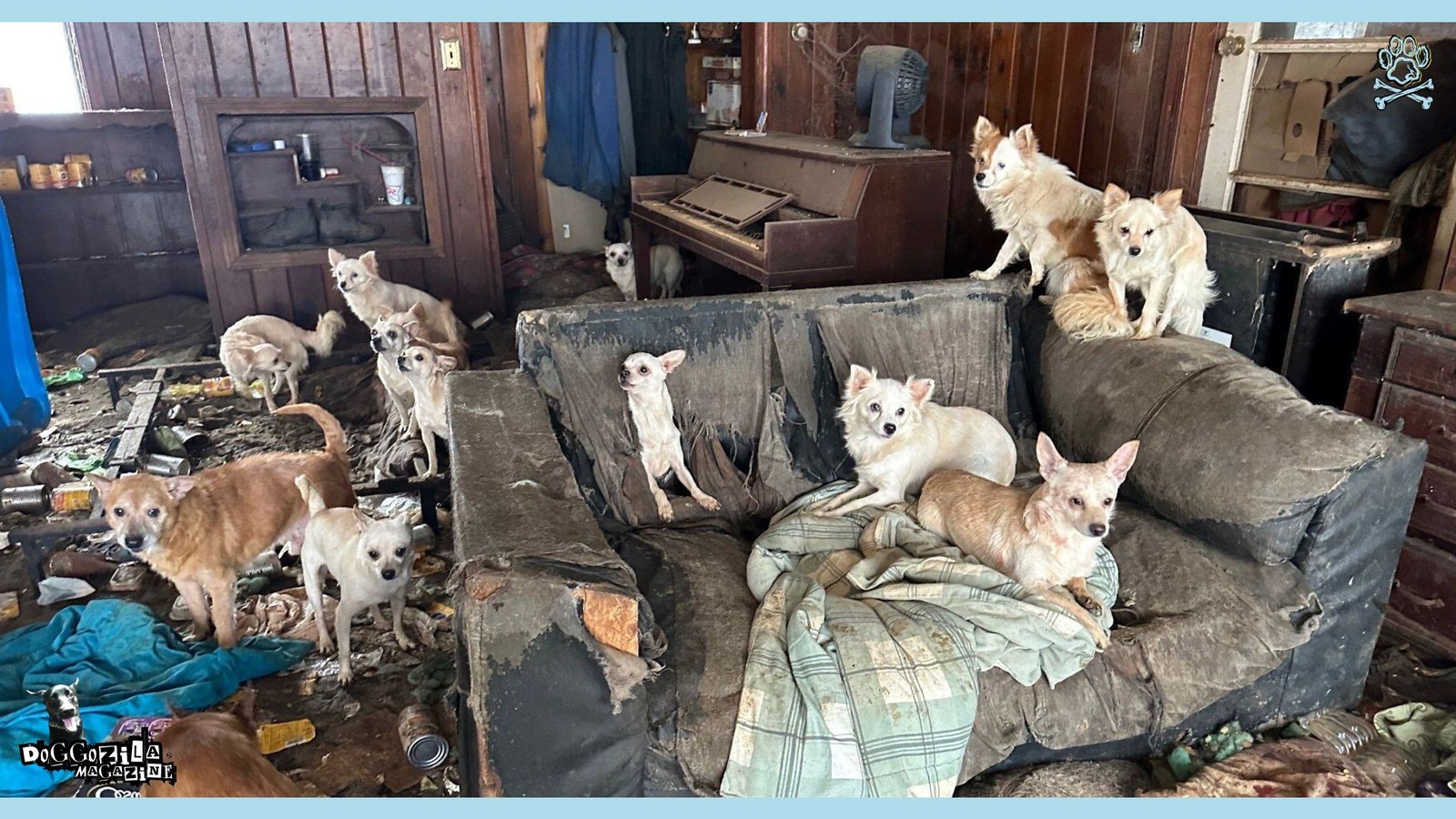
DOG HOARDING – A SPECTRUM OF OBSESSIVE – COMPULSIVE DISORDER?
While not all dog hoarders have obsessive-compulsive disorder (OCD), there is a significant overlap between the two conditions. Understanding the relationship between OCD and animal hoarding can provide insight into the psychological underpinnings of this behavior.
Similarities Between OCD and Dog Hoarding
Both OCD and dog hoarding involve compulsive behaviors that the individual feels driven to perform, even when these behaviors are harmful or irrational. In OCD, these compulsions might involve repetitive hand-washing or checking rituals. In dog hoarding, the compulsion is to acquire and maintain an ever-growing number of animals.
The Role of Anxiety and Control
Like individuals with OCD, animal hoarders often experience intense anxiety and a need for control. The accumulation of animals may serve as a maladaptive coping mechanism for dealing with this anxiety. The hoarder may feel a sense of purpose or validation through their role as a caretaker, even as the situation spirals out of control.
Treatment Approaches
Given the similarities between OCD and dog hoarding, some mental health professionals argue that hoarding should be treated as a spectrum of OCD. This would involve a combination of cognitive-behavioral therapy, exposure and response prevention, and medication when appropriate.
🔑 Key Points: Animal hoarding shares many features with obsessive-compulsive disorder, suggesting that it may exist on a spectrum of related disorders and benefit from similar treatment approaches.
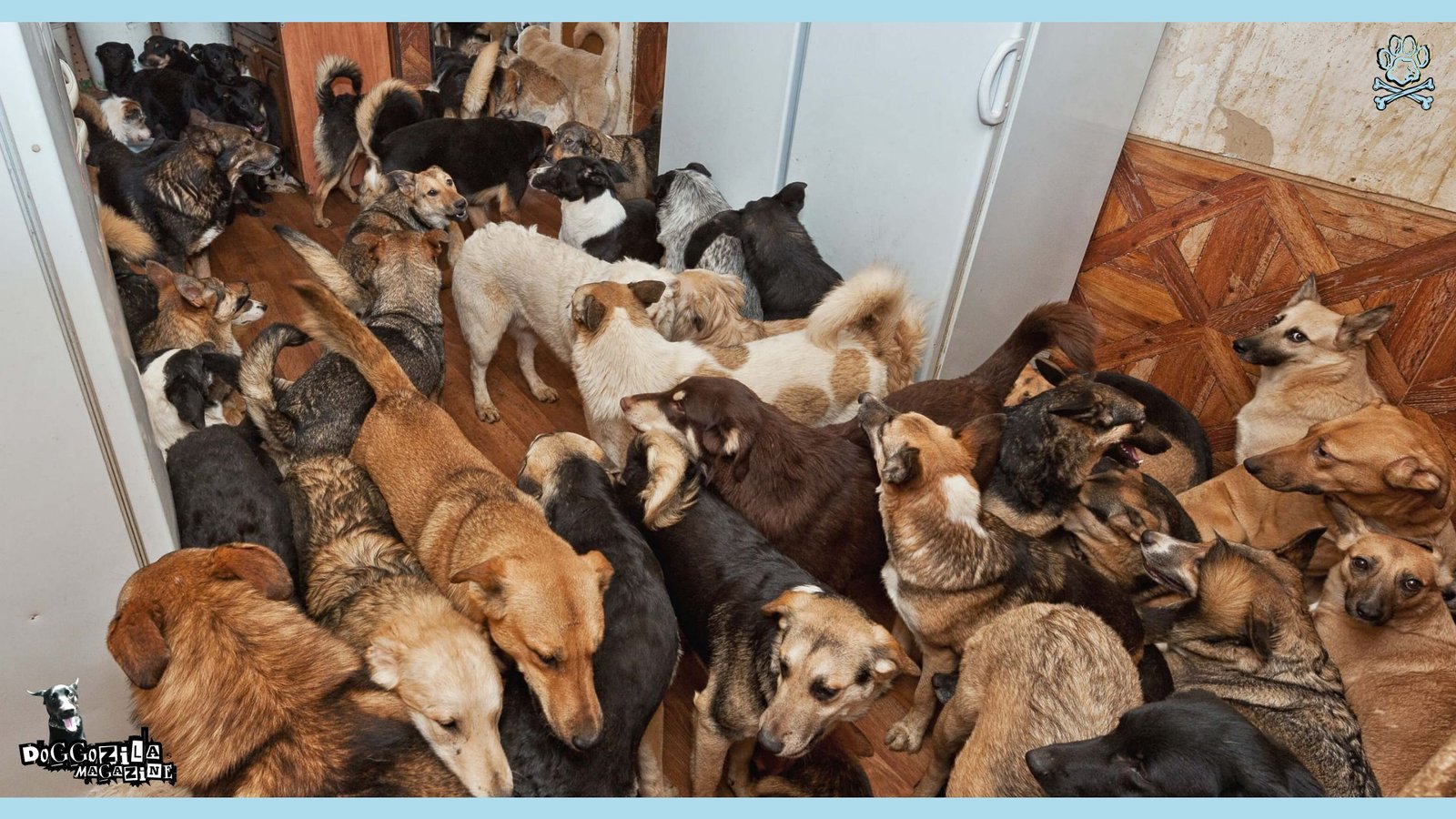
THE THIN LINE: ANIMAL LOVE TURNED COMPULSIVE BEHAVIOR
Many animal hoarders start with good intentions. They may see themselves as rescuers, taking in strays or animals from shelters. However, their love for animals becomes distorted, leading to a compulsive need to collect more, even when they can no longer provide adequate care.
The Hoarder’s Perspective
From the hoarder’s perspective, they are saving dogs from euthanasia or life on the streets. They may believe that only they can provide the love and care these animals need. This belief system can be so strong that the hoarder is unable to recognize the harm they are causing.
The Unusual Case of the “Cat Lady”
One unusual case of animal hoarding involved a woman known as the “Cat Lady.” She was a well-educated, successful professional who lived in an upscale neighborhood. However, her home was filled with over 100 cats, many of them sick or dying. Despite the obvious suffering of the animals, the woman maintained that she was providing them with a loving home.
Misguided Attempts at Helping
Many animal hoarders start by taking in a few animals in need. They may nurse them back to health or find them new homes. However, over time, the number of animals grows, and the hoarder becomes overwhelmed. Their misguided attempts at helping become a source of harm.
🔑 Key Points: The line between animal love and compulsive hoarding is thin, and many hoarders start with good intentions before spiraling out of control.

THE IMPACT ON ANIMALS: LIVING CONDITIONS AND WELLNESS
The lives of hoarded animals are often marked by neglect, disease, and suffering. In the cramped, unsanitary conditions of a hoarder’s home, animals are deprived of their most basic needs.
Lack of Veterinary Care and Poor Nutrition and Sanitation
One of the hallmarks of dog hoarding is a lack of veterinary care. Hoarders may be unable or unwilling to provide their animals with routine check-ups, vaccinations, or treatment for injuries and illnesses. As a result, many hoarded animals suffer from preventable or treatable conditions that are left to worsen over time.
Hoarded animals often live in environments that are filthy and contaminated with feces, urine, and other waste. They may not have access to clean water or proper food. Malnourishment is common, as hoarders may struggle to provide enough food for their growing number of animals.
Behavioral and Emotional Toll About The Shocking Reality
Living in overcrowded, stressful conditions takes a toll on animals’ mental and emotional well-being. Hoarded animals may become fearful, anxious, or aggressive. They may lack socialization and the ability to engage in natural behaviors. The constant stress can lead to a weakened immune system and increased susceptibility to disease.
When dog hoarding situations are discovered, the conditions are often shocking. Animals may be found dead or dying, living among the corpses of their companions. Those that survive are often in such poor physical condition that euthanasia is the most humane option.
Real-Life Example: The Case of the 500 Dogs
In one high-profile case, authorities discovered over 500 dogs living in a hoarder’s home. The dogs were malnourished, sick, and living in their own waste. Many had never seen veterinary care. The scope of the neglect was staggering, and it took a massive effort from animal welfare organizations to rescue and rehabilitate the surviving dogs.
🔑 Key Points: The impact of dog hoarding on the animals involved is severe, often leading to neglect, disease, and suffering on a massive scale.
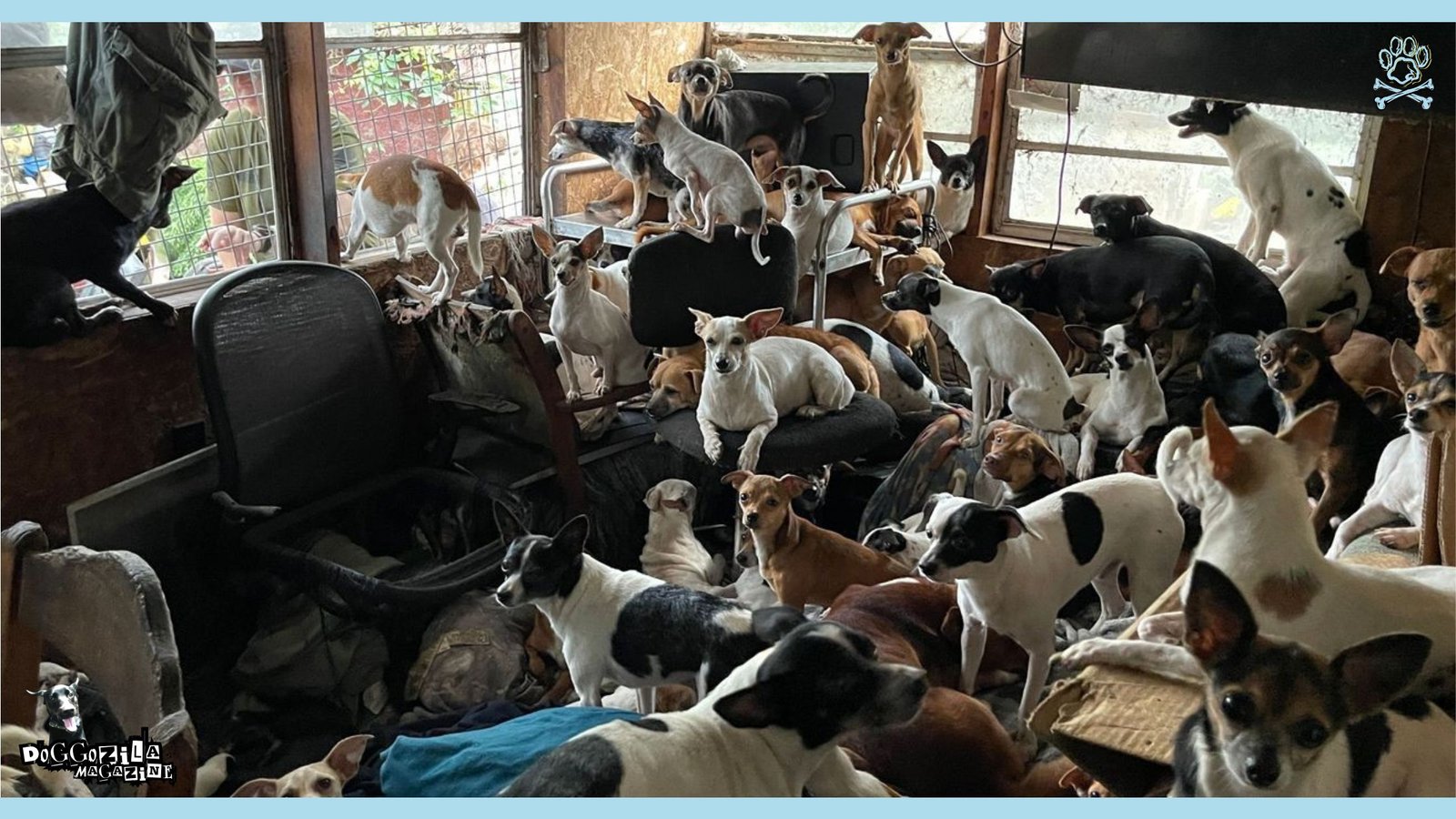
IDENTIFYING SIGNS OF DOG HOARDING IN YOUR COMMUNITY
Knowing the signs of dog or other animal hoarding can help you identify potential cases in your local area. By recognizing these red flags, you can alert authorities and help get the animals the care they need.
Common Signs of Dog Hoarding
1. A large number of animals in a single residence
2. Strong odors of ammonia, feces, or urine emanating from the property
3. Animals that appear malnourished, sick, or in poor condition
4. A hoarder who is unwilling to let visitors inside their home
5. A hoarder who is defensive or in denial about the condition of their animals
6. Accumulation of clutter and debris around the property
Trust Your Instincts
If something doesn’t seem right, it probably isn’t. Trust your instincts if you suspect dog or other animal hoarding in your community. It’s better to report a potential case and have it be a false alarm than to ignore the signs and let animals continue to suffer.
🔑 Key Points: Knowing the common signs of dog or other animal hoarding, such as large numbers of animals, strong odors, and defensive hoarders, can help you identify and report potential cases in your area.
Addressing The Issue: Interventions And Support Systems
Addressing dog or other animal hoarding requires a multifaceted approach that involves both interventions for the hoarder and support for the animals. A compassionate, understanding approach is key to creating long-term solutions.
- The Role of Animal Welfare Organizations: Animal welfare organizations, such as local shelters and rescue groups, play a crucial role in intervening in hoarding situations. They can provide temporary housing and veterinary care for the animals, as well as assist with the rehabilitation and adoption process.
- Psychological Support for Hoarders: For interventions to be successful, hoarders must receive psychological support. This may involve therapy, counseling, and even medication to address underlying mental health issues. A compassionate approach that acknowledges the hoarder’s emotional attachment to their animals is more likely to result in long-term change.
- The Importance of Ongoing Support: Addressing dog or other animal hoarding is not a one-time event. Hoarders need ongoing support to prevent relapse and ensure the well-being of any remaining animals in their care. This may involve regular check-ins from animal welfare organizations, as well as continued mental health treatment.
Real-Life Example: The Story of Mary
Mary, a 65-year-old woman, was found to be hoarding over 100 cats in her small apartment. The cats were sick, malnourished, and living in filthy conditions. The local animal shelter intervened, removing the cats and providing them with medical care.
Meanwhile, Mary received counseling to address her compulsive hoarding behavior. With ongoing support, she was able to maintain a small number of well-cared-for cats in her home.
🔑 Key Points: Addressing dog or other animal hoarding requires a compassionate, multifaceted approach that involves interventions for the hoarder, support for the animals, and ongoing assistance to prevent relapse.
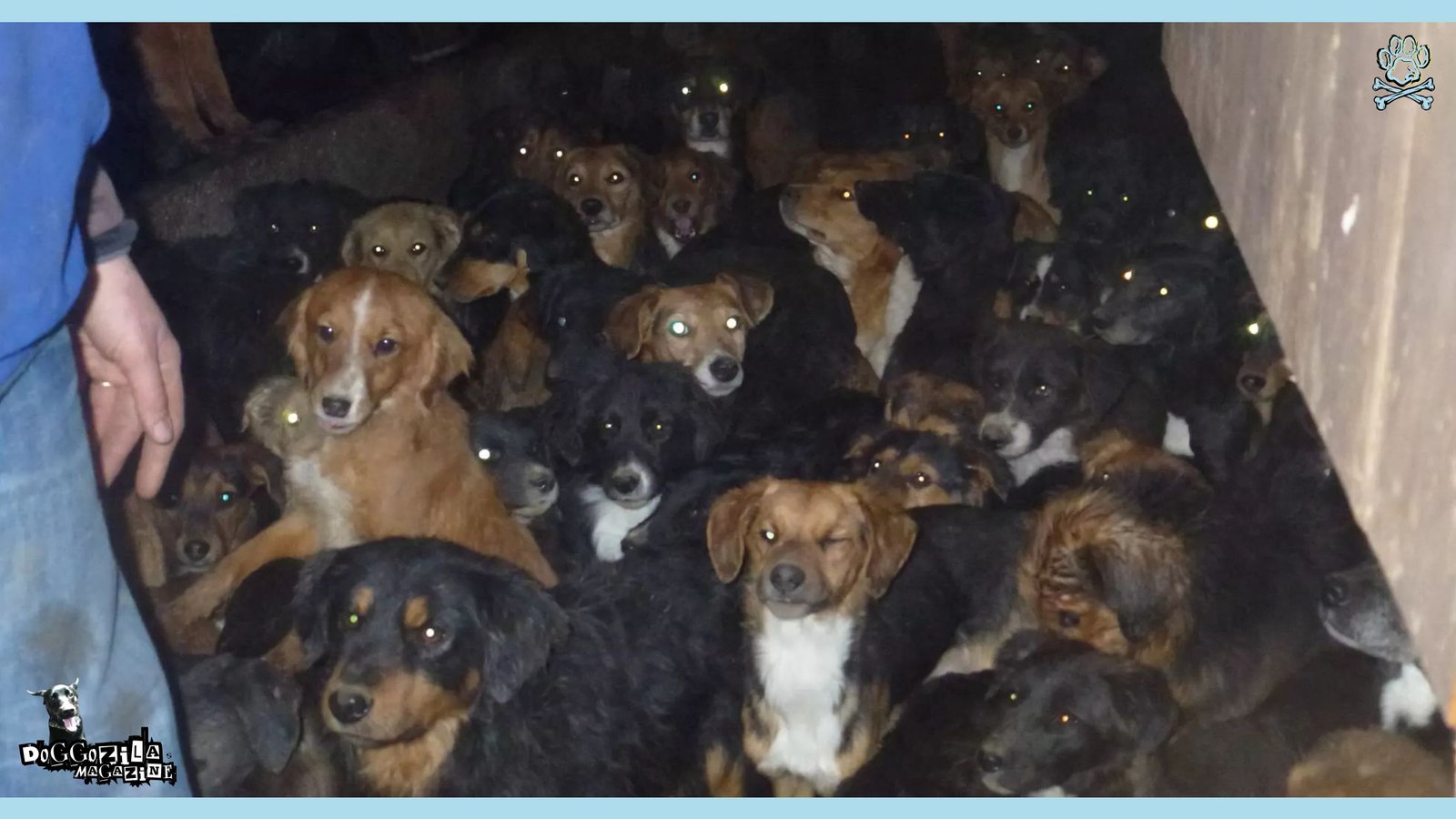
LEGAL AND SOCIAL IMPLICATIONS OF DOG HOARDING
Dog hoarding is not just a personal issue; it also has significant legal and social implications. Hoarders may face criminal charges, and the cost of caring for rescued animals can strain community resources.
Criminal Charges
Depending on the severity of the situation, animal hoarders may face charges of animal cruelty or neglect. In some cases, they may also be charged with child endangerment if children are living in the home, or with health code violations related to the unsanitary conditions.
Real-Life Example: The Case of the 200 Cats
In one case, a couple was charged with multiple counts of animal abuse after authorities discovered over 200 cats living in their home. The cats were malnourished, sick, and living in squalor. The couple faced significant fines and potential jail time.
The Strain on Community Resources
Caring for animals rescued from hoarding situations can be a massive undertaking. Shelters may be overwhelmed by the sudden influx of animals, many of which require extensive medical care. The financial burden often falls on the community, as hoarders are rarely able to pay for the care their animals need.
Given the legal and social implications of dog or other animal hoarding, a coordinated community response is essential. This may involve collaboration between animal welfare organizations, law enforcement, social services, and mental health professionals.
🔑 Key Points: Animal hoarding has significant legal and social consequences, including potential criminal charges and a strain on community resources, necessitating a coordinated response.
The Role Of Community And Professionals In Mitigating Dog Or Other Animal Hoarding
Mitigating dog or other animal hoarding requires a community-wide effort. From concerned neighbors to animal control officials and mental health professionals, everyone has a role to play in identifying and addressing these situations.
- The Importance of Community Awareness: Community residents are often the first to notice signs of dog or other animal hoarding. By being aware of the red flags and knowing how to report suspected cases, community members can be a crucial line of defense for animals at risk.
- The Role of Animal Control: Animal control officers are often on the front lines of hoarding cases. They are responsible for investigating reports, assessing the situation, and removing animals from harmful environments. However, they also play a role in educating the public and connecting hoarders with resources for help.
- The Need for Professional Help: Dog or other animals hoarding is a complex issue that requires professional intervention. Mental health professionals, such as psychologists and social workers, can provide crucial support for hoarders. They can help address the underlying issues that contribute to hoarding behavior and develop long-term strategies for preventing relapse.
Real-Life Example: A Community Comes Together
In one heartening case, a community came together to help a local woman who was hoarding over 50 dogs. Neighbors had noticed the growing number of animals and the deteriorating condition of the woman’s property. They contacted animal control, who worked with the woman to voluntarily surrender the dogs.
Local rescue groups stepped in to provide care for the animals, while a social worker helped the woman get the mental health support she needed. It was a powerful example of what can happen when a community works together.
🔑 Key Points: Mitigating animal hoarding requires a community-wide effort, with roles for concerned residents, animal control officials, and mental health professionals in identifying and addressing these complex situations.
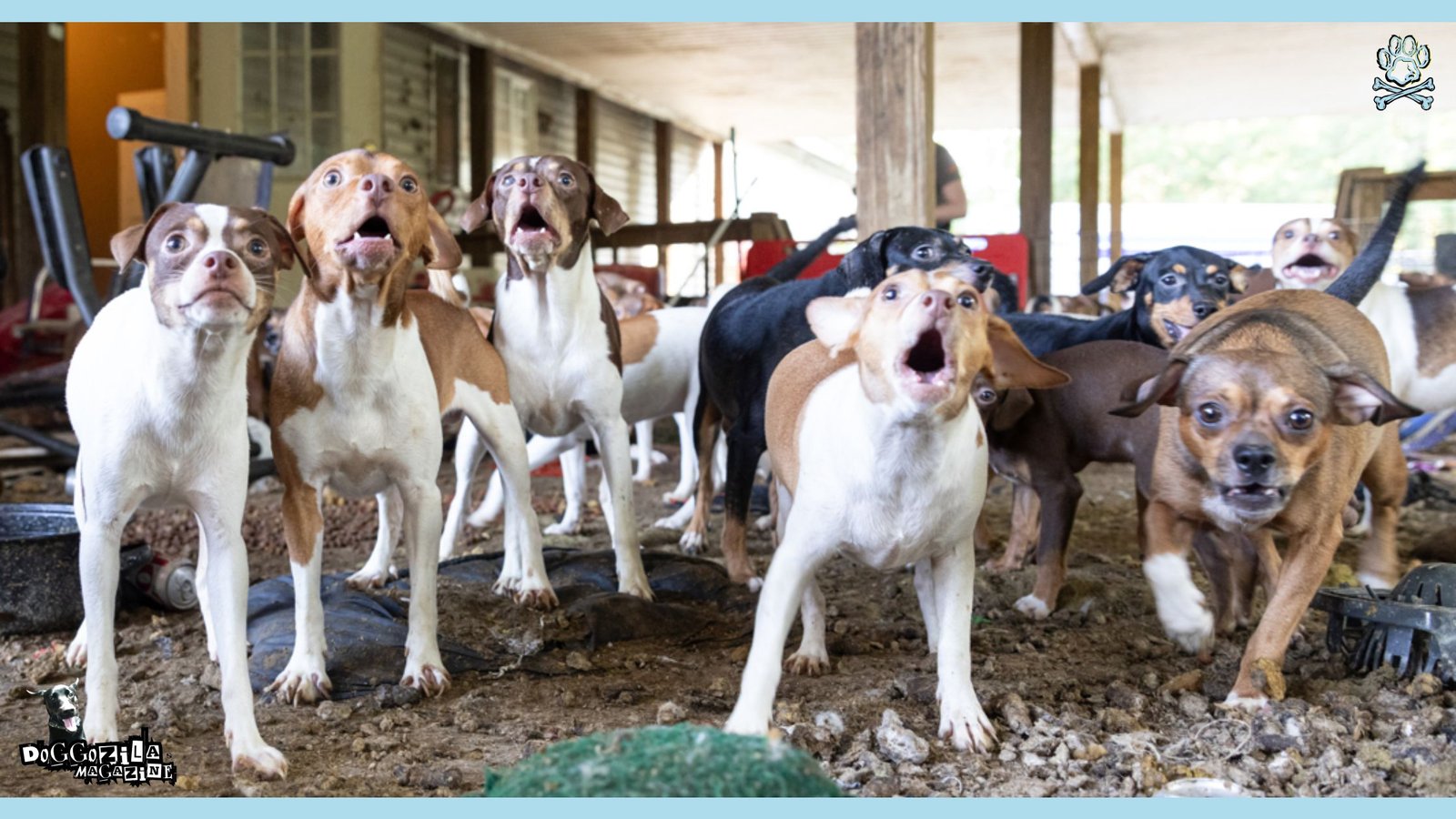
PERSONAL NARRATIVES: THE HUMAN FACE BEHIND THE COMPULSION
Behind every case of animal hoarding is a human story. By sharing these stories, we can put a face to the issue and foster greater understanding and empathy.
The Story of John
John had always been a loner. He found comfort in the unconditional love of animals, and over the years, his collection of dogs had grown. At first, he was able to provide for them, but as their numbers increased, he became overwhelmed. When animal control officers arrived at his property, they found over 100 dogs living in filthy, cramped conditions.
John’s story is a reminder that animal hoarding often stems from a place of loneliness and a desire for connection. While his actions caused harm, they were rooted in a deep emotional need.
The Story of Sarah
Sarah had a successful career and a loving family. But beneath the surface, she was struggling with unresolved trauma from her childhood. She began rescuing cats as a way to cope, but soon found herself in over her head. When her family confronted her about the situation, Sarah was in denial. It took an intervention and ongoing therapy for her to come to terms with her hoarding behavior.
Sarah’s story highlights the complex psychological underpinnings of animal hoarding. Even seemingly high-functioning individuals can be struggling with deep-seated issues that manifest in harmful ways.
The Power of Narrative About Dog Hoarding
These real-life examples put a human face on the issue of dog or other animal hoarding. They remind us that hoarders are not villains, but individuals struggling with complex emotional and psychological issues. By sharing their stories, we can foster greater empathy and understanding, and work towards more compassionate solutions.
🔑 Key Points: Personal narratives of animal hoarders remind us of the human face behind the compulsion and the complex emotional and psychological factors that contribute to this behavior.
Wrap Up
Understanding and addressing animal hoarding requires a multi-faceted approach that encompasses empathy, education, intervention, and support. By unraveling the complexities surrounding this compulsive behavior, we empower ourselves to make a real difference in the lives of both animals and hoarders.
Recognizing the psychological underpinnings, signs, and impacts of dog or other animal hoarding enables us to take proactive steps towards prevention and compassionate solutions.
As we delve deeper into the thin line that separates animal love from compulsive behavior, it becomes evident that awareness and action are key in mitigating this issue within our communities. By uniting as a compassionate network of individuals, professionals, and support systems, we can pave the way for long-term solutions and a brighter future for all involved.
Together, let us embark on a journey of empathy, understanding, and positive change.
Let us be the voices that advocate for the welfare of animals and the well-being of hoarders.
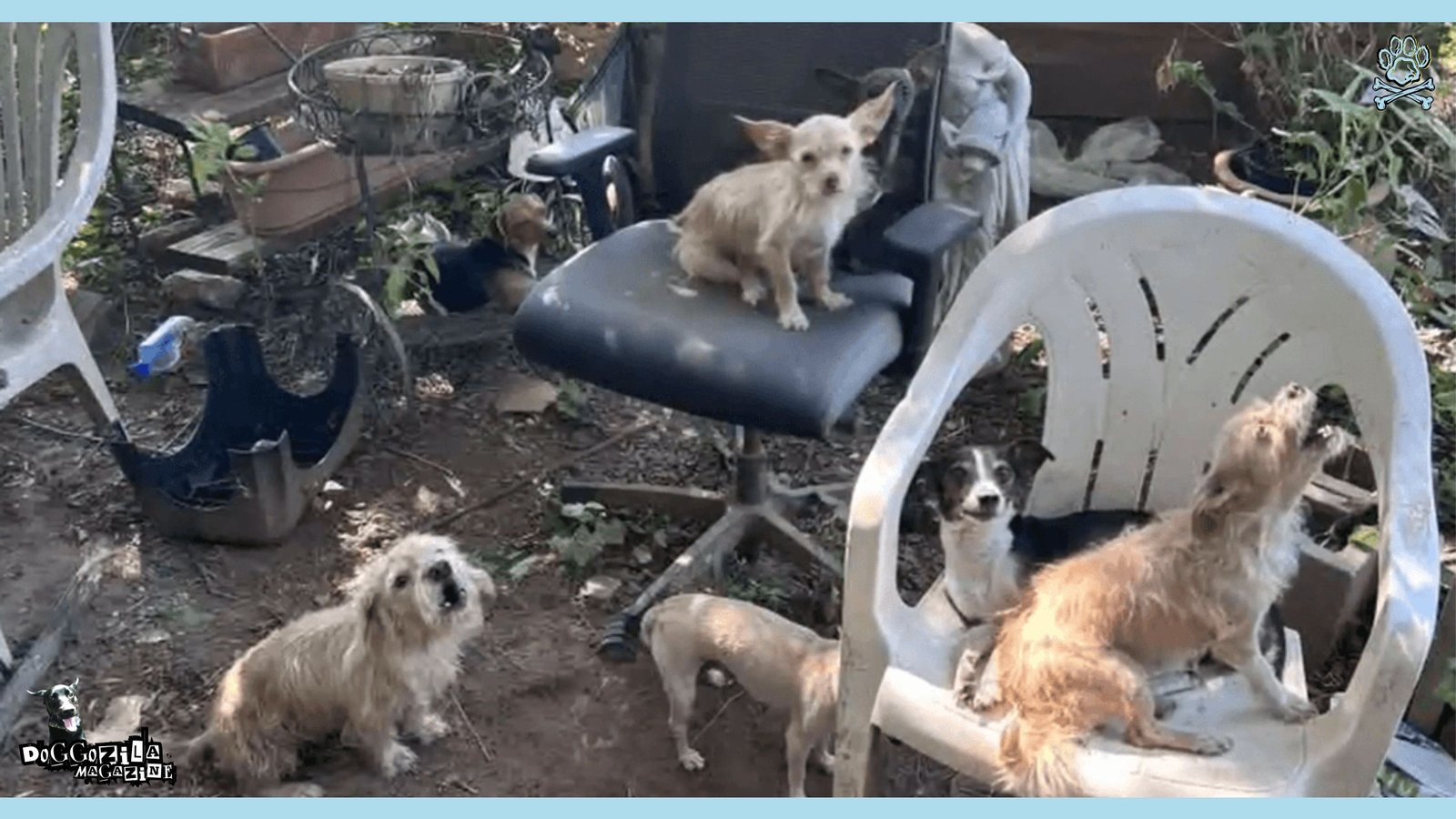
Thank you for joining us on this path towards a more compassionate and informed world.
Let’s walk this road together, making a difference one step at a time.

